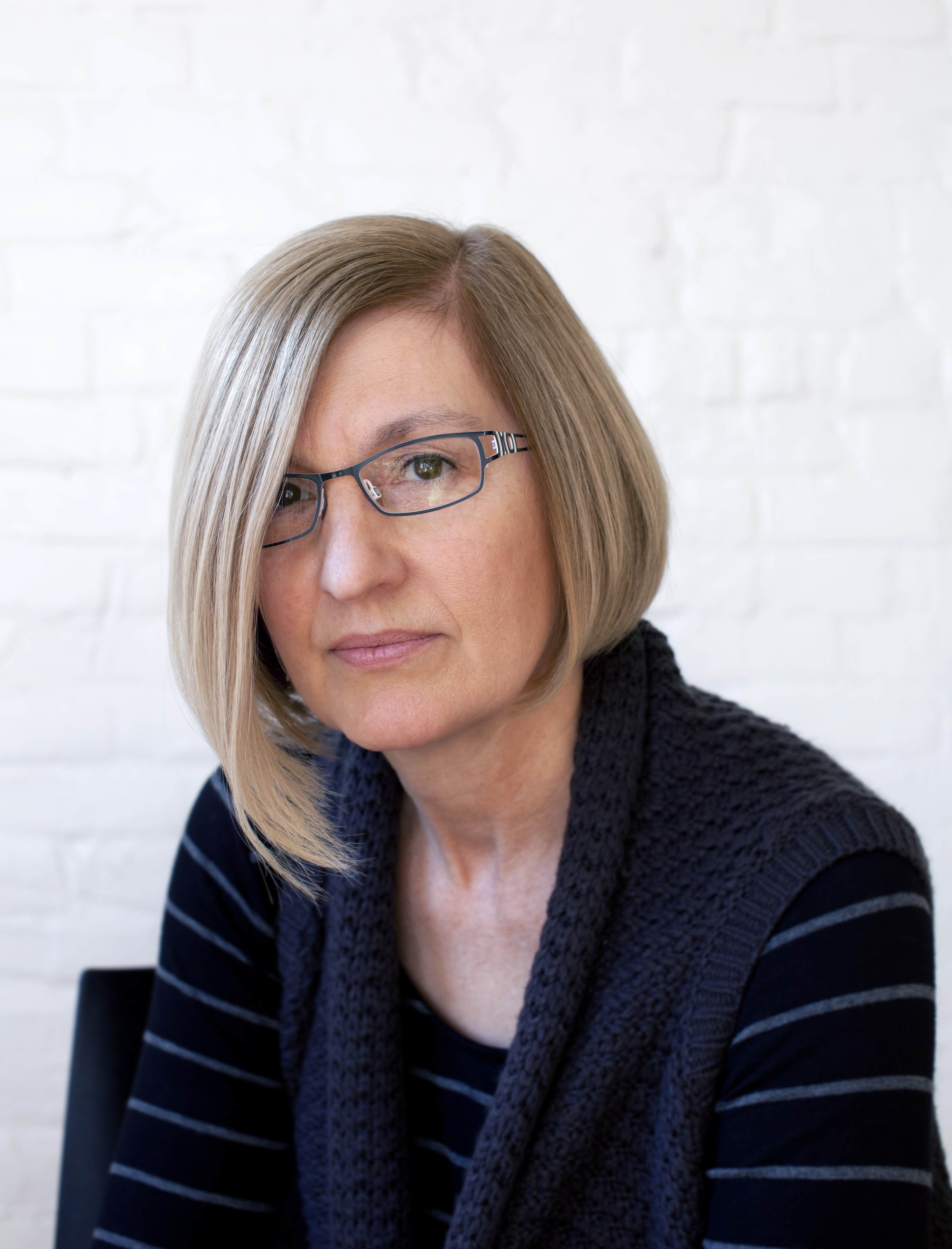One of my interests is the study of women who were early pioneers in science fiction (see last year’s blog, Women Writers Winning Hugos: A History). I have a small collection of four short story anthologies published between 1956 and 1970. The earliest of these also happens to be the first one I’d purchased from a bookseller at a con—The Year’s Greatest Science-Fiction and Fantasy—because it was edited by Judith Merril. Of its eighteen stories, four or 22% were by women authors: Zenna Henderson, Shirley Jackson, Mildred Clingerman, and C.L. Moore (who co-wrote Home There’s No Returning with Henry Kuttner). That may not sound like a big deal by today’s standards, but this was during a period that had not yet seen a single woman writer nominated for a Hugo award (which occurred in 1959).
It does appear Merril’s early presence as an editor was beneficial for women science fiction writers. My next anthology chronologically is The Pseudo-People: Androids in Science Fiction, published in 1965, and none of its fourteen stories were written by women. The editor? A man.
Next up is editor Judith Merril again. SF: The Best of the Best was published in 1967, and again four stories were by women: Zenna Henderson, Shirley Jackson, and two stories by Carol Emshwiller. Merril was clearly ahead of her time in recognizing the value of women’s writing. The first Hugo that went to a woman writer was in 1968 (to Anne McCaffrey).
Finally, I have Quark/1, edited by Samuel R. Delany and Marilyn Hacker, and published in 1970. To view its art is to step back to the cultural revolution and its issues of race and feminism that are as important today as then. Here, too, are stories by women, comprising one-third of the fiction therein: Ursula Le Guin, Joanna Russ, Hilary Bailey, Sandy Boucher, Helen Adam, and Joan Bernott.
While a sample size of four is hardly a rigorous study, it’s unlikely selection of a different set of anthologies of the period will yield vastly different results. Like the growth in women writers winning Hugo awards, the inclusion of women science fiction writers in the popular literature took early pioneers like Judith Merril, and later, a revolution. The struggle for more representation of writers of color, and of transgender and gender-queer writers, shares a similar path.
In her introduction to the Best of the Best volume, which included works published between 1955 and 1960, Merril said she preferred the term speculative fiction over science fiction, because of the increased diversity of topics in sf literature she observed over this period. Then she wrote:
“So I say SF—but I still think science fiction: like it or not, the label sticks. It has a ring to it that suits our times: an implicit dialectical synthesis equally expressive of our acclimatization to the ever-more-fantastic facts of daily life, and the growing popularity of fact-filled fantasy and fiction….It may seem pretentious to speak of a field which degenerates so readily into mere adventure story as the replacement for classical philosophy in our time—and yet this is to some extent the role s-f has been playing. Science-fiction is not fiction about science, but fiction which endeavors to find the meaning in science and in the scientific-technological society we are constructing.”
It still is, and the more inclusive the voices, the better.






